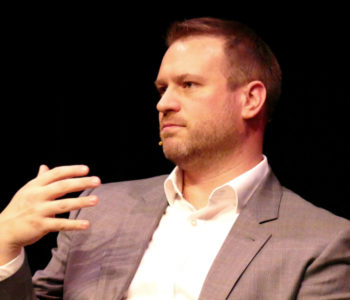Limited access to data is impeding quantitative analysis of best execution for corporate bonds, leading to a need for more qualitative analysis for many bond trades.
Speaking at the panel, ‘What are the parameters you should be measuring when building out your best execution policy?’ at the Fixed Income Leaders’ Summit in Amsterdam, Mike Poole, fixed income dealing manager at Jupiter Asset Management said there is a real risk that this leads traders to getting caught up “writing essays on their orders.”
Under MiFID II best execution for bond trades needs to be evidenced and a best execution policy put in place to give guidance on the model that a trader has followed when engaging in the market. In the equity world this has been supported to some extent by transaction cost analysis (TCA), which takes the price of a security in the market and compares it to executed price and often to the price of the security at the point the order was placed by the portfolio manager. In fixed income markets this model does not work as well, due to the absence of data for many instruments.
“I am wary of moving too far down the road of the equity model, and thinking that is the Holy Grail,” said Poole.
Mike Googe, head of Product for Bloomberg Transaction Cost Analysis noted that the complexity of the bond markets – in terms of breadth of instruments and their characteristics – required a nuanced view of analysis.
“In fixed income [TCA] can be box ticking for a long way down, but there is a slice of the market where data is available and you can achieve good results,” he said. “But a crucial point is that if you provide analysis without context, you can basically tell any story you like.”
Chairing the panel, John Greenan, CEO of Alignment Systems noted that the need for evidence would impact both low and high touch trading.
“It could mean that even if a trader decided to use an automated model to support a trade, they would still need to provide the analysis to show why they had made that decision,” he said.
On another panel, ‘Lessons learned from TRACE’, James Wallin, senior vice president for Fixed Income at Alliance Bernstein, noted that Europe could learn a lesson from the US in the sense of helping to build utilities to better support trading.
“The concept of DTCC as a not for profit utility is something that ironically was not adopted in Europe,” he said. “The US is very good at allowing solutions that should naturally be a utility to develop.”

The appetite for solutions is clearly strong in Europe, argued Alex Sedgwick, vice president for Fixed Income Market Structure at T. Rowe Price, but the structurally it represents a more complex landscape.
“A tailwind in Europe is that there is more of focus in tech throughout the lifecycle; that lack of an equivalent to the US [data reporting utility TRACE] is in part a consequence of the fragmented regulatory structure,” he said.
©Markets Media Europe 2025













